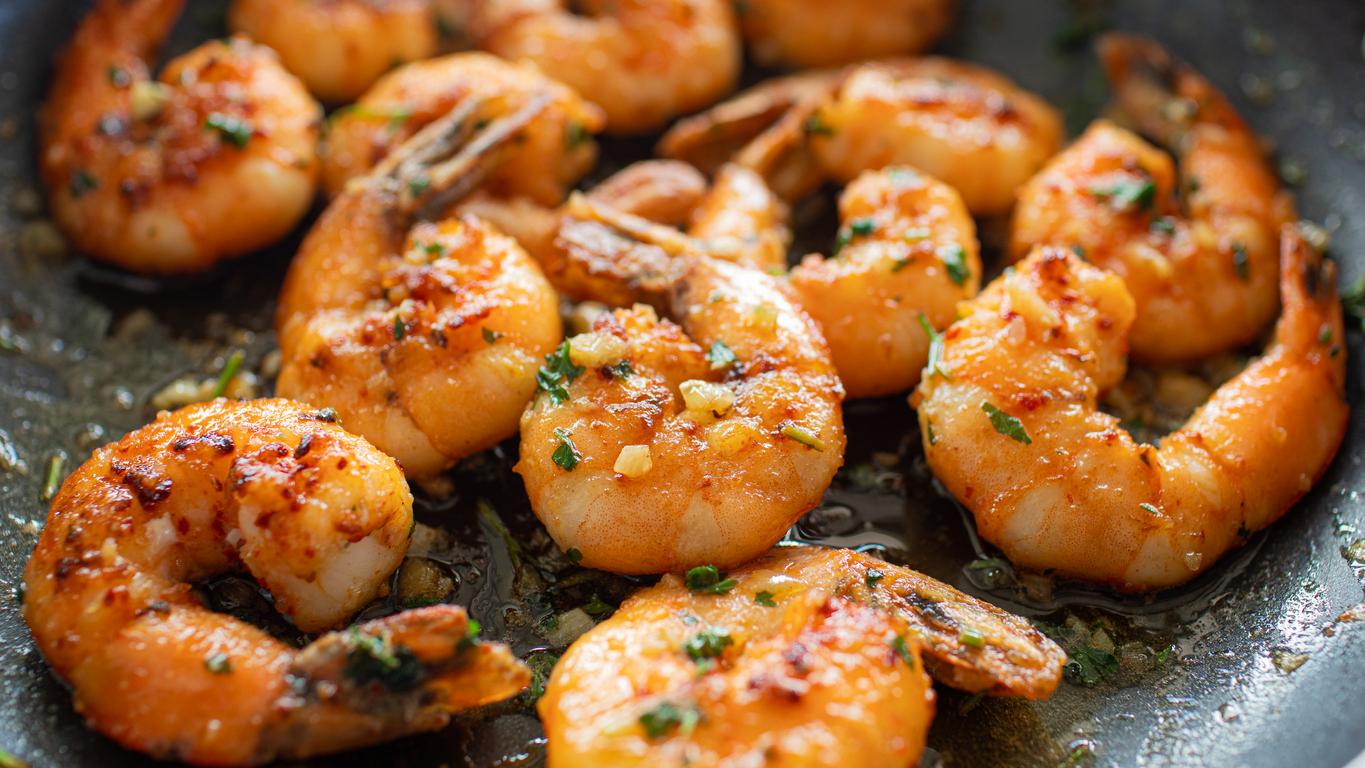September 21, 2004 – No less than 9% of shrimp samples analyzed by laboratories in the State of Louisiana contain traces of chloramphenicol, an antibiotic used in animal feed whose use is prohibited in certain countries, such as United States and Canada.
However, most shrimp exporting countries, including China, Thailand, Vietnam, Brazil and Mexico, continue to use chloramphenicol. This antibiotic is administered to small crustaceans while they are growing in rearing tanks, in order to protect them against infections that may result from their confinement in large numbers.
Hence the risk that despite the ban, chloramphenicol ends up on the plates of Americans, conclude the authorities of Louisiana – a state in the southern United States itself a producer of shrimp.
According to Health Canada, no case of illness associated with imported shrimp has been identified in the country. However, in September 2003, the Canadian Food Inspection Agency (CFIA) recalled quantities of the infected seafood that had made its way to grocery stores.
While Canada bans the use of chloramphenicol in food-producing animals, it allows the antibiotic to be administered to humans as a treatment of last resort, when considered to be in the presence of serious bacterial infections that put the patient’s life in danger and for which no other treatment exists.
Health Canada estimates that chloramphenicol can cause aplastic anemia – a serious blood disorder – in at least one in 50,000 Canadians. Of these, 70% can die from it. The dose that produces this condition remains unknown.
Those who want to avoid any risk can opt for the small Nordic shrimp, which is always wild when caught in Canada, Iceland and Norway, according to the Ministry of Agriculture, Fisheries and Food of the United States. Quebec (MAPAQ).
Martin LaSalle – PasseportSanté.net
According to CBS and Protégez-vous
1. Dussault S, Poorly raised shrimps, Protect yourself, August 2004. To access the text: www.protegez-vous.qc.ca [Site consulté le 21 septembre 2004].

















